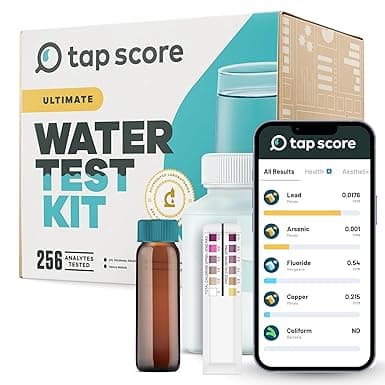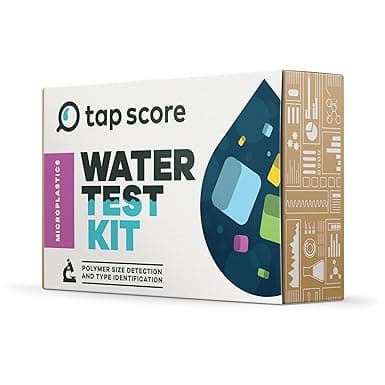Copper
Naturally occurring metal that is widely used in plumbing, faucets, and fixtures
EPA MCLG Level
1300 ppb
Maximum level that poses minimal health risk based on the latest science
Health Effects
Health protective levels of copper in drinking water have been established based on potential adverse effects to the gastrointestinal system, kidneys, and liver, especially for infants and children. Acute exposure to high copper levels uncommonly found in drinking water can cause nausea, vomiting, diarrhea, and stomach cramps.
Affected Organs & Systems:
Common Sources
- Most copper in drinking water comes from household plumbing
- Corrosive water, which usually has low hardness and low pH, can dissolve metals in water pipes and fixtures into tap water, especially with newly installed pipes
- Erosion of natural deposits and waste streams from industrial activity can increase copper levels in water as well
How to Remove It
Water filters certified under the following NSF standards are effective at removing Copper:
EPA MCLG Level
The EPA MCLG represents the maximum level that poses minimal health risk based on the latest scientific research. It's often more protective than federal legal limits.
Contaminant Type
Copper is classified as a Metals contaminant.
This contaminant primarily affects the kidneys, gastrointestinal, and other systems.
Check Your Water
Find out if Copper is in your tap water.
Search Your CityTest Your Water for This Contaminant
Public water reports may not test frequently enough or at your specific tap. Professional home testing provides current, location-specific results.

SimpleLab
Standard Home Water Test
$232
Comprehensive water analysis testing over 200 contaminants including bacteria, heavy metals, and chemical compounds.

SimpleLab
Advanced Home Water Test
$369
Most comprehensive home water test including all standard tests plus additional parameters for ultimate peace of mind.

Tap Score
Advanced Microplastics Test
$636
Cutting-edge testing for microplastics particles in drinking water using advanced laboratory techniques.